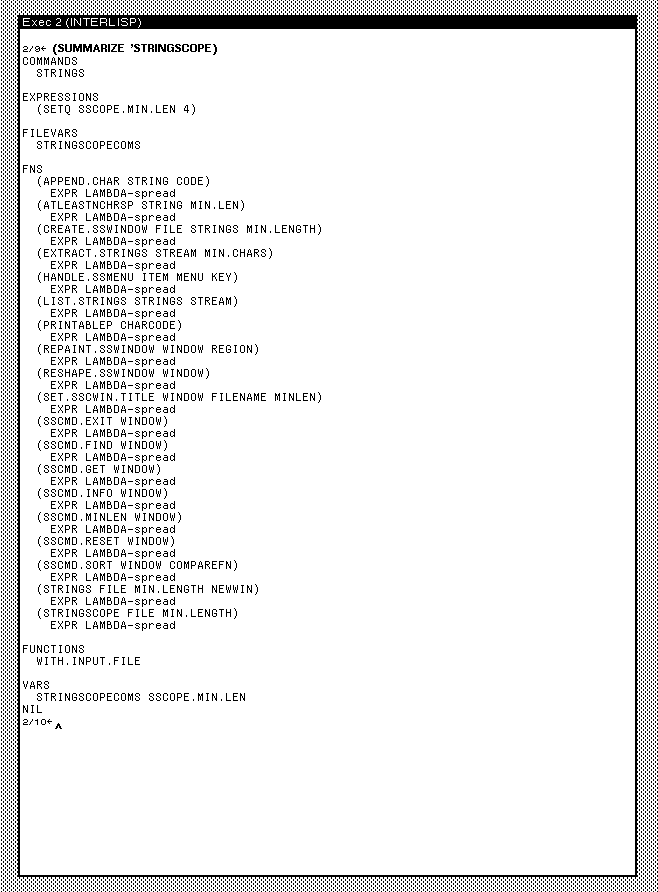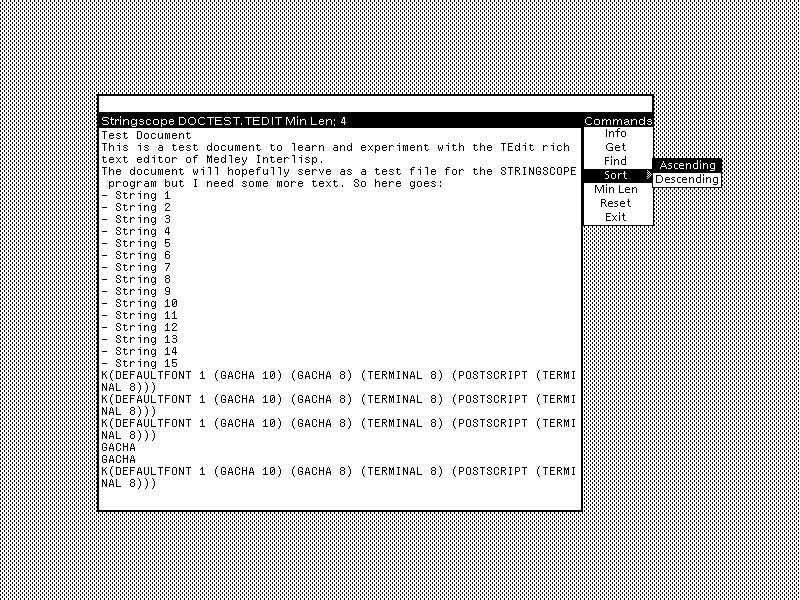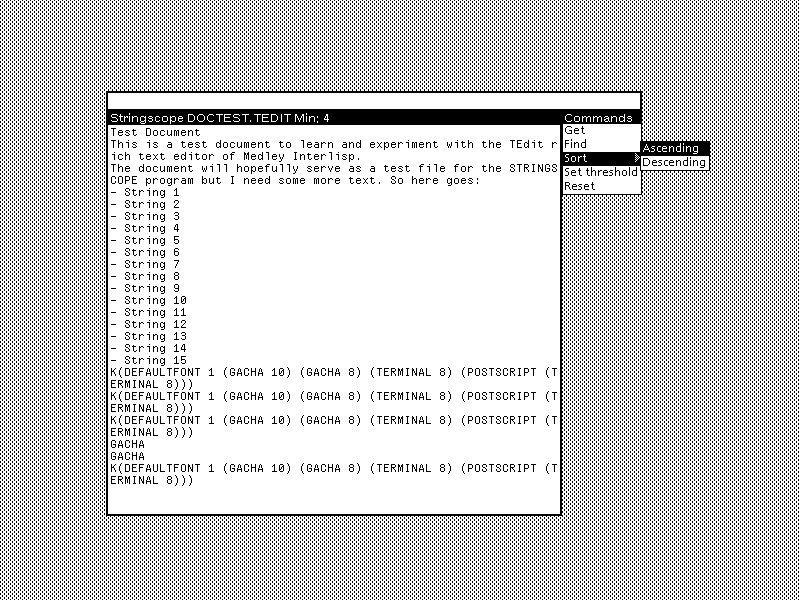Back to Lisp
Planet Python carried out my request to remove my blog from the aggregator. Now their feed no longer syndicates my posts about Python, which I'll no longer write much about.
Planet Python is an aggregator of blogs, podcasts, and other resources of interest to the Python community. In late 2019 I submitted the feed of Python posts of my old blog, later updating it to point to my new blog.
I was learning the language and sharing on the blog my experience with coding projects and other experiences. But although I had great fun with Python and accomplished a lot I'm proud of, my interest waned as I rediscovered my old love Lisp.
I encountered Scheme in the early 1990s at an introductory computer science class based on Structure and Interpretation of Computer Programs, fell in love with the Lisp family of languages, and learned Common Lisp and Emacs Lisp. Lisp became my only language until the early 2010s when real life claimed my time and attention. Near the end of the decade, intrigued by Python and its massive ecosystem, I decided to learn it.
At the beginning of 2023 I discovered Medley Interlisp and got hooked.
Using Interlisp and its environment made me realize Lisp is the language that comes most natural to me, I'm most productive with, and gives me joy and not just fun. I never mastered and enjoyed other languages to the level of Lisp. And my projects turned out not to need Python's batteries.
I'll still maintain a reading knowledge of Python and keep up with its ecosystem. But this journey made me readjust my focus on Lisp, now my only language.
It's good to be back home.
#Interlisp #Python #Lisp #blogging
Discuss... Email | Reply @amoroso@oldbytes.space






